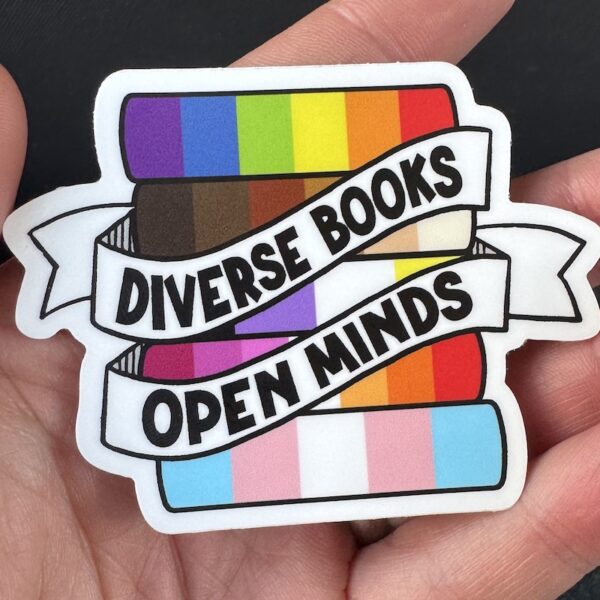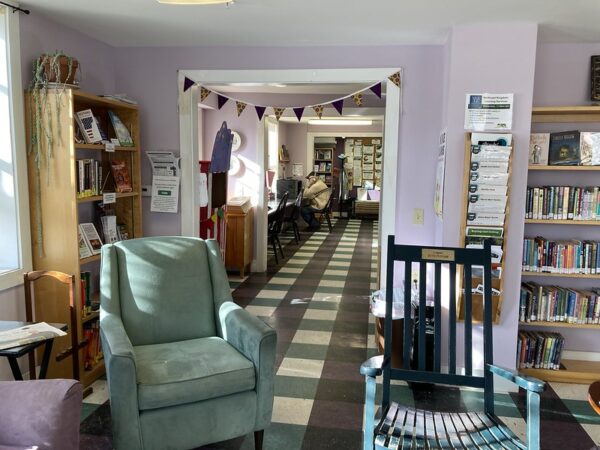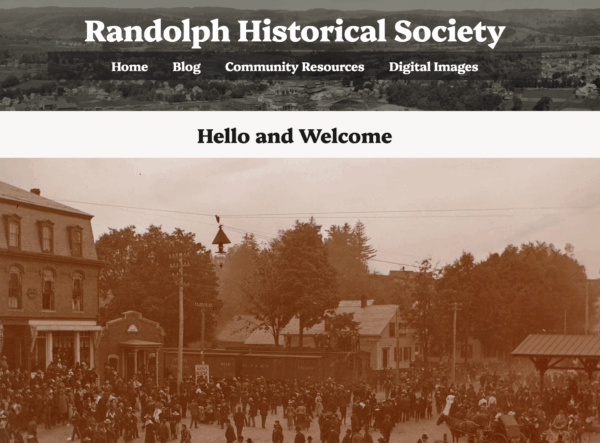
This is my twenty-first year of keeping these booklist entries. Here was the Mastodon thread of what I read last year and here’s my 2025 booklist. The thread of this year’s books will kick off once I’ve finished a book (update: it’s here). Will it be yet another Ruth Galloway novel, Tigers Between Empires, or the graphic novel adaptation of The Hidden Life of Trees? Stay tuned! You can see an approximation of this year’s reading over on LibraryThing. Another challenging year, for different reasons. I started 127 books and finished 123. Read on for more details…
Continue reading “2025 reading list and commentary”
Wikipedia work in 2025

Wikipedia is one of my hobbies. While I think it might be good to have some offline hobbies, winter is long and I’m really a pathological sharer, so this works for me. Recently, someone replied to a FindAGrave query I’d sent them over two years ago asking for permission to use an image, saying “Yes, please feel free to use that family photograph we shared of George Heron Milne on his Wikipedia page!” and it was as satisfying as finishing a 1000-piece jigsaw puzzle. Hmmm, maybe jigsaws are a good offline hobby? Here’s a loose summary of the Wikipedia work I did this year.
– Uploaded 109 images to Wikimedia Commons, mainly things from Flickr Commons but also a whole set of Vermont state Senators from 1900 which we had in a book at the historical society. (see them)
– Uploaded 8 images to Wikipedia, these are fair use images where an image can’t be added to Wikimedia Commons. (see them)
– Wrote 25 articles, entirely biographies except for one disambiguation page which isn’t really an article. Four of them were for people who live or lived in my small town. (see them)
– Made 682-ish edits.
I did a bit more noodgey editing this year, meaning that I sometimes edited because someone was wrong on Wikipedia (usually because they were editing a page that they had a conflict of interest with, it’s a whole thing). I learned to use a few more tools and continue to do my mostly “lone wolf” thing where I’m not really aligned with a project or work group, I just mainly do my own thing. That thing includes, among other things, adding images of librarians to Wikipedia. I’ve got a list.
2025 in Libraries
Six different libraries besides my local this year. Some of this was for work! It’s been a weird year at my library, a lot of staff changeover and bumpiness but overall some positive new developments.
- Kimball (81) – I worked here nearly every week, did a few sub shifts and just came by to get warm and/or visit.
- Hartness/Randolph (7) – Decided last year to spend more time here and it was a good decision.
- Rochester (1) – I did one drop-in shift here which seems to be my pattern
- Groton (1) – Pictured above, gave a talk. Not well attended but was so glad to get to go back to this library where I spent a lot of time when I was first in Vermont
- Aldrich in Barre (1) – Stopped by while I was picking up free COVID tests at the state library
- State Library in Barre (1) – Got some free COVID tests
- Randall in Stow MA (1) – Was visiting my sister and we checked out the temporary library in her town while her main library is getting a serious renovation
Previous years: 2024, 2023, 2022, 2021, 2020, 2019, 2018, 2017, 2016, 2015, 2014, 2013, 2012, 2011, 2010, 2009 and some reviews from 2003.
Contributing to history
I like contributing to Wikipedia. I’ve written twenty-four articles this year and contributed to many more. My favorite part is tracking down odd little bits of history that may be locked behind paywalls or in poorly-indexed websites or archives which are not that accessible via search engines. And, of course, search engines aren’t what they used to be.
I’ve gotten more involved with my local historical society (Randolph Historical Society, or RHS) in the past few years. My friend and neighbor, Forrest, is the newish president. There are endless opportunities for organizing and creating more access to collections which have, in the past, been mostly behind a locked door of an infrequently-opened building. As one example, the email box of this historical society hadn’t really been checked or maintained since the last president died several years ago. And, of course, there is also history locked within the memories of people who maybe just hadn’t been asked about it. So, we did a few things… Continue reading “Contributing to history”
Miss Crabb: librarian and poet


This started out as just a fun postcard I bought for fifty cents, intending to send it to my cousin. We had been to this train station together a zillion years ago when I visited him living just over the border in Kentucky. Like “Haha, remember that cool building and also there’s a librarian involved.” but then I wondered… The paucity of name/address, the possible double entendre message (from a woman), what else could I find out here? And then, along the way, it became another goofy “librarian vs. LLM” story which I will mostly spare you. But first, Miss Crabb.
Continue reading “Miss Crabb: librarian and poet”

